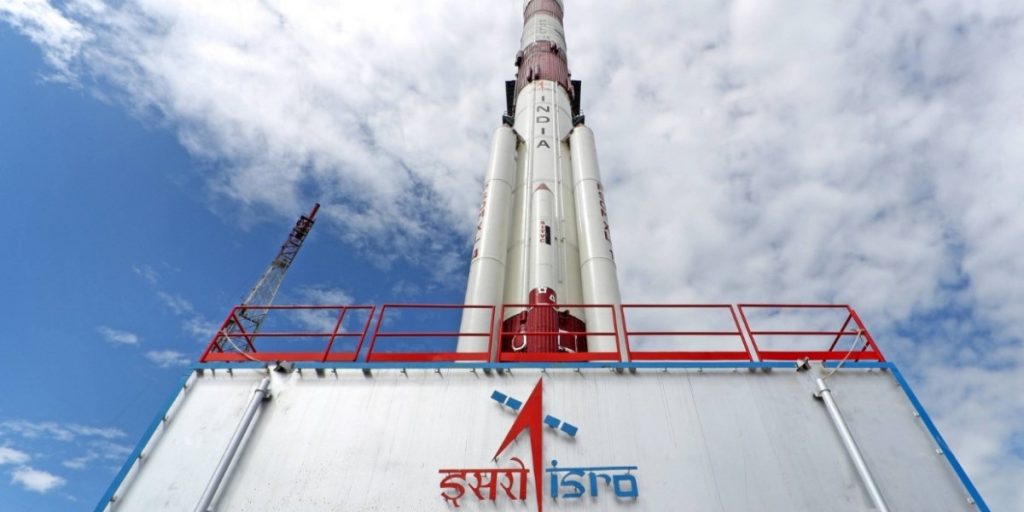
ISRO's Aditya L1 Mission Faces Trajectory Challenges: Course Correction Underway
Initial trajectory discrepancies have surfaced for ISRO’s Aditya L1 spacecraft, which was launched on Tuesday in the direction of the Sun-Earth Lagrangian (L1) point. The need for these changes has been mentioned by scientists.
48 hours after the Trans-Lagrangian Point 1 Insertion (TL1I) maneuver, Indian Space Research Organization (ISRO) scientists are anticipating data to reach ground stations so they may evaluate the effectiveness of the course adjustment that was carried out. Aditya L1 and the propulsion system modifications will need to be timed and measured.
After 48 hours of data collection, “we will have to decide when this will be done,” said M. Shankaran, director of the U.R. Rao Satellite Centre.
Aditya-L1 Mission:
Off to Sun-Earth L1 point!The Trans-Lagrangean Point 1 Insertion (TL1I) maneuvre is performed successfully.
The spacecraft is now on a trajectory that will take it to the Sun-Earth L1 point. It will be injected into an orbit around L1 through a maneuver… pic.twitter.com/H7GoY0R44I
— ISRO (@isro) September 18, 2023
In deep space missions, where the spacecraft must travel great distances to reach its intended destination—in the case of Aditya L1—the Sun—after entering the trajectory path, course adjustments, also known as trajectory maneuvers or trim maneuvers, are a necessary component.
In the vicinity of 110 days after launch, Aditya L1 is anticipated to be assigned to the L1 class. The spacecraft must follow a predetermined trajectory to accomplish this.
Also read: Aditya L1 Solar Mission Soars with Third Earth-Bound Victory: ISRO Updates
After the course correction was successfully completed, several differences in the data for the Trans-Lagrangian Point 1 Insertion (TL1I) maneuver were discovered, according to ISRO sources. For accurate assessment of the propulsion system’s injection towards the L1 point after a 110-day voyage around it, additional changes will be needed. This is the fifth instance in which ISRO has successfully moved an object from one celestial body or place to another.



